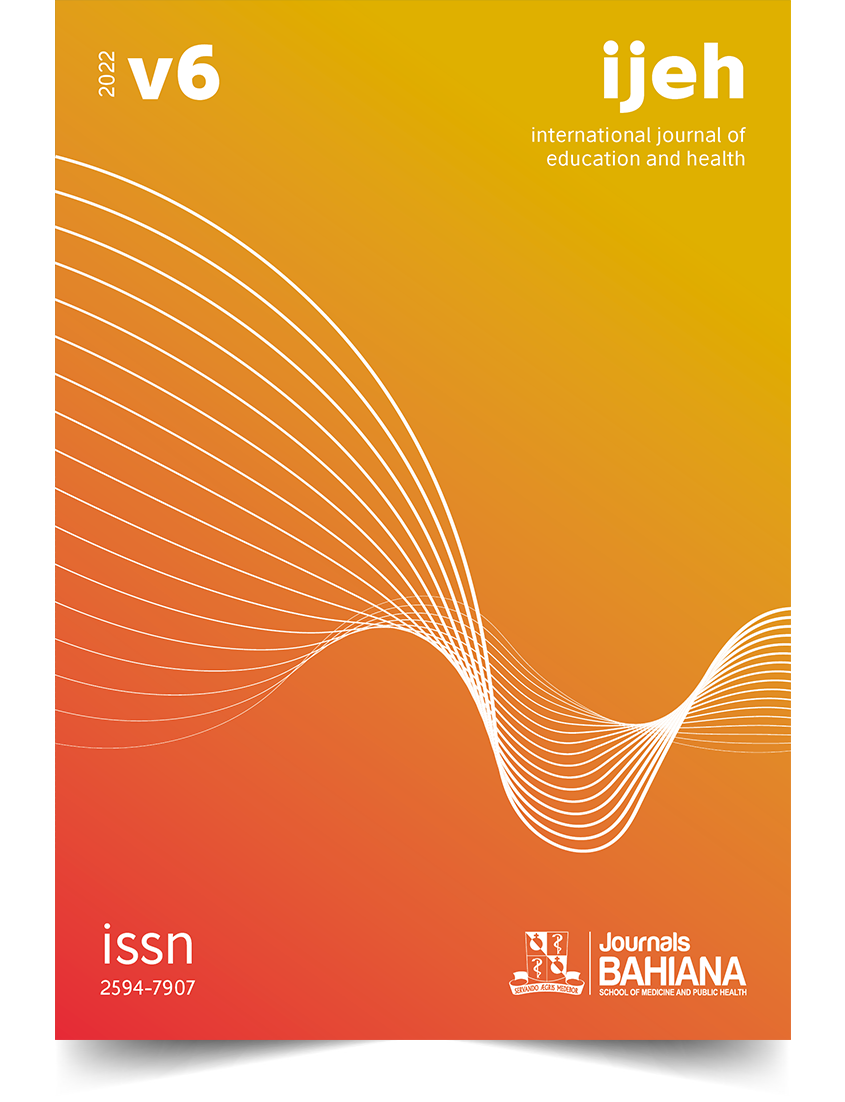Some thoughts on tight corners in medical and health care education
DOI:
https://doi.org/10.17267/2594-7907ijeh.2022.e4783Downloads
References
(1) Foot P. Virtues and vices and other essays in Moral philosophy. Oxford: Oxford University Press; 2002.
(2) MacIntyre A. After virtue: a study in moral theory. South Bend: University of Notre Dame; 2022.
(3) Woods A. The limits of narrative: Provocations for the medical humanities. Medical Humanities. 2011;37(2):73–8. http://dx.doi.org/10.1136/medhum-2011-010045
(4) Strawson G. Against narrativity. Ratio. 2004;17(4):428–52.
(5) Bronken BA, Kirkevold M, Martinsen R, Kvigne K. The aphasic storyteller: Coconstructing stories to promote psychosocial well-being after stroke. Qualitative Health Research. 2012;22(10):1303–1316. https://doi.org/10.1177/1049732312450366
(6) Hinckley JJ. Telling the story of stroke when it’s hard to talk. Topics in Language Disorders. 2015;35(3):258–26. https://doi.org/10.1097/TLD.0000000000000066
(7) Ulatowska HK, Reyes B, Santos TO, Garst D, Vernon J, McArthur J. Personal narratives in aphasia: Understanding narrative competence. Topics in Stroke Rehabilitation. 2013;20(1):36–43. https://doi.org/10.1310/tsr2001-36
(8) MacIntyre A. Ethics in the Conflicts of Modernity - An Essay on Desire, Practical Reasoning, and Narrative. Cambridge: Cambridge UP; 2016.
Downloads
Published
Issue
Section
License
Copyright (c) 2022 Joana Monteiro

This work is licensed under a Creative Commons Attribution 4.0 International License.
This work is licensed under a Creative Commons Attribution 4.0 International License.



